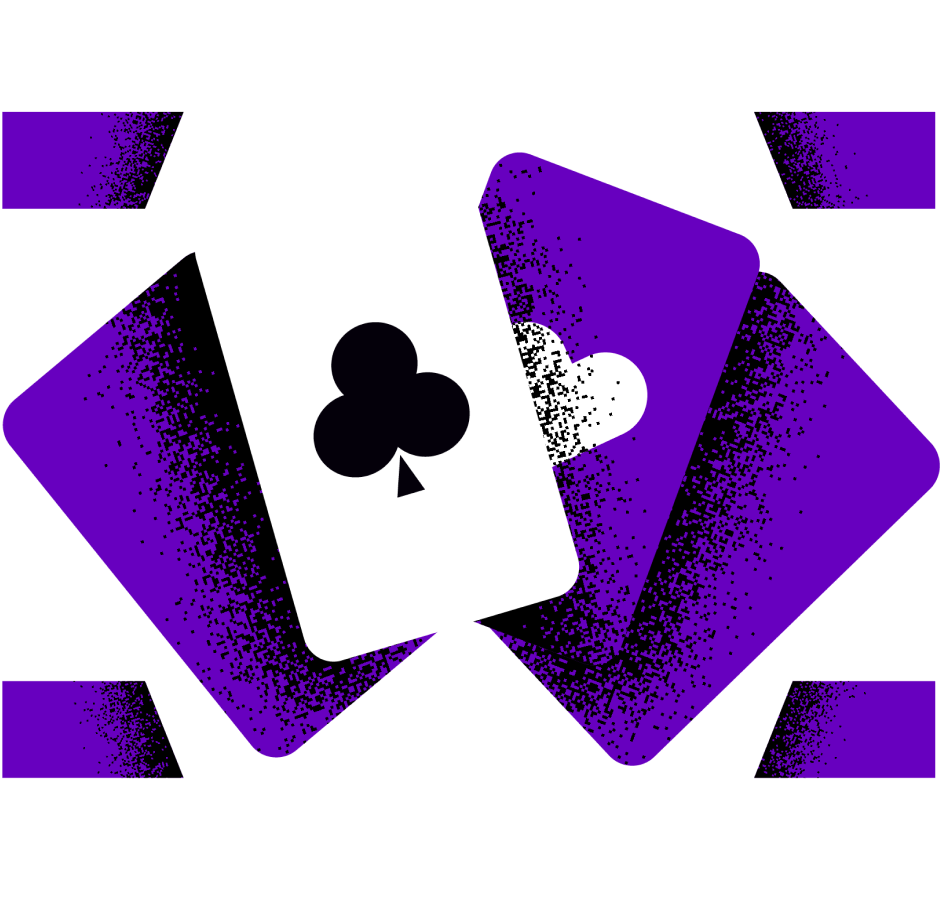NoMercy Monday: Adapt Calculations Based on Observation
In this strategy series, CoinPoker’s Chief Community Manager and pro poker player Isabelle “No Mercy” Mercier walks you through the basics of the game. Each No Mercy Monday comes with expert advice on how to play, and it all starts with starting hands. ** Knowing how to play your starting hands, understanding the notion of … NoMercy Monday: Adapt Calculations Based on Observation
Strategy
In this strategy series, CoinPoker’s Chief Community Manager and pro poker player Isabelle “No Mercy” Mercier walks you through the basics of the game. Each No Mercy Monday comes with expert advice on how to play, and it all starts with starting hands.
**
Knowing how to play your starting hands, understanding the notion of position, the art of bluffing, and being aggressive, are four concepts that are part of the most important strategies in No Limit Hold’em Poker.
We saw over the last two weeks that poker is a game of incomplete information, and as such, we went over some crucial formulas to determine your drawing odds, and how important the concept of observation is. We will now move on and explain how you can use these observations to make your calculations as accurate as possible.
Adapting Your Calculations Based on Observation
Ultimately, the success of your poker calculations all comes down to one thing: placing your opponent on a specific range of hands that they may hold according to his style of play.
For example:
Let’s say that Player-A is a super tight player at your table who never raises and only enters a pot with premium hands, while Player-B is a loose and aggressive player who enters almost every pot. For the purpose of this example, suppose that you are holding ![]()
![]() and that the flop is
and that the flop is ![]()
![]()
![]() .
.
Calculating your drawing odds will actually depend on which opponent you are facing. If you are in the hand with Player-A, and you witnessed him making a 4-bet for the very first time in 3 hours, you could easily assume that he is holding a pair of Aces or a pair of Kings on that particular hand.
If you are in the hand with Player-B, you can assume that you have 9 outs to make your flush, but you can also assume that you would most likely win the hand by catching an Ace or a King as well.”
Therefore, you have 9 outs to make a nut flush, but hitting an Ace or a King would probably not give you the winning hand in a case like this. Your drawing odds would be about 36% on the flop and 18% on the river. Now, if you are in the hand with Player-B, you can assume that you have 9 outs to make your flush, but you can also assume that you would most likely win the hand by catching an Ace or a King as well.
Therefore: 9 cards for the flush + 3 Aces + 3 Kings = 15 outs. When you multiply that by 4 on the flop, you see that you have 60% chances of making your hand if you see the entire board.
This is a special case where, even without a made hand, you are a favorite against almost any hand.
Remember that if you don’t hit one of your 15 cards on the turn, your chances of making your hand will drastically drop to only 30% on the river card.”
There are some exceptions (such as ![]()
![]() and
and ![]()
![]() in this particular example), but realize that you would actually be a favorite over a pair of queens in a scenario like that. This explains why it will often be the correct play to be very aggressive on this type of flop! Remember that if you don’t hit one of your 15 cards on the turn, your chances of making your hand will drastically drop to only 30% on the river card.
in this particular example), but realize that you would actually be a favorite over a pair of queens in a scenario like that. This explains why it will often be the correct play to be very aggressive on this type of flop! Remember that if you don’t hit one of your 15 cards on the turn, your chances of making your hand will drastically drop to only 30% on the river card.
Stay tuned for more calculations next week. In the meantime, you can join me weekly in the Hubble Bubble tournaments and Sunday’s Andromeda events to practice your skills and try to win my 10,000 CHP or 25,000 CHP bounties!
– Isabelle “No Mercy” Mercier
Explore More
CoinPoker
The best crypto poker room available. Play poker anywhere in the world through coinpokers app or desktop application. You will find an extensive poker game selection available
5 PostsHelp
Need help understand Crypto poker, how to deposit or withdraw crypto at coinpoker or create a coinpoker account, then this is the place
1 PostsNews
Find the latest poker news from coinpoker. Updates about games, promotions and other exciting crypto news.
130 PostsPromotions
Find the latest coinpoker promotions here. Explore the crypto poker world with the best poker promotions available.
51 Posts
















